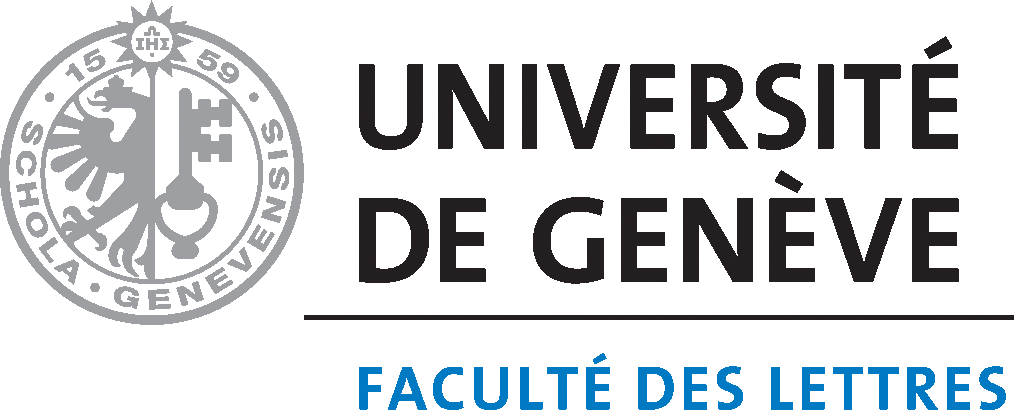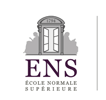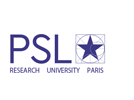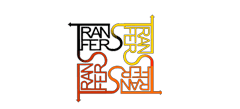Abstract
This article examines the network curatorial model popularized in the early 2000s by Héctor Olea and Mari Carmen Ramírez’s Heterotopías: medio siglo sin-lugar, 1918-1968. The network allows for a paradoxical rejection and reinforcement of Latin American art’s peripheral status, rendering the region simultaneously a bounded locality where new ideas emerge and a set of nodes in a global art ecology. Recent exhibitions such as the Red Conceptualismos del Sur’s Perder la forma humana (2012-2014) have adapted the network and its possibilities of visualization, while revising anew the geography and ontology of “Latin American art.”
Recommended Citation
Quiles, Daniel R.. "Exhibition as Network, Network as Curator: Canonizing Art from “Latin America”." Artl@s Bulletin 3, no. 1 (2014): Article 7.






